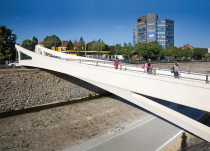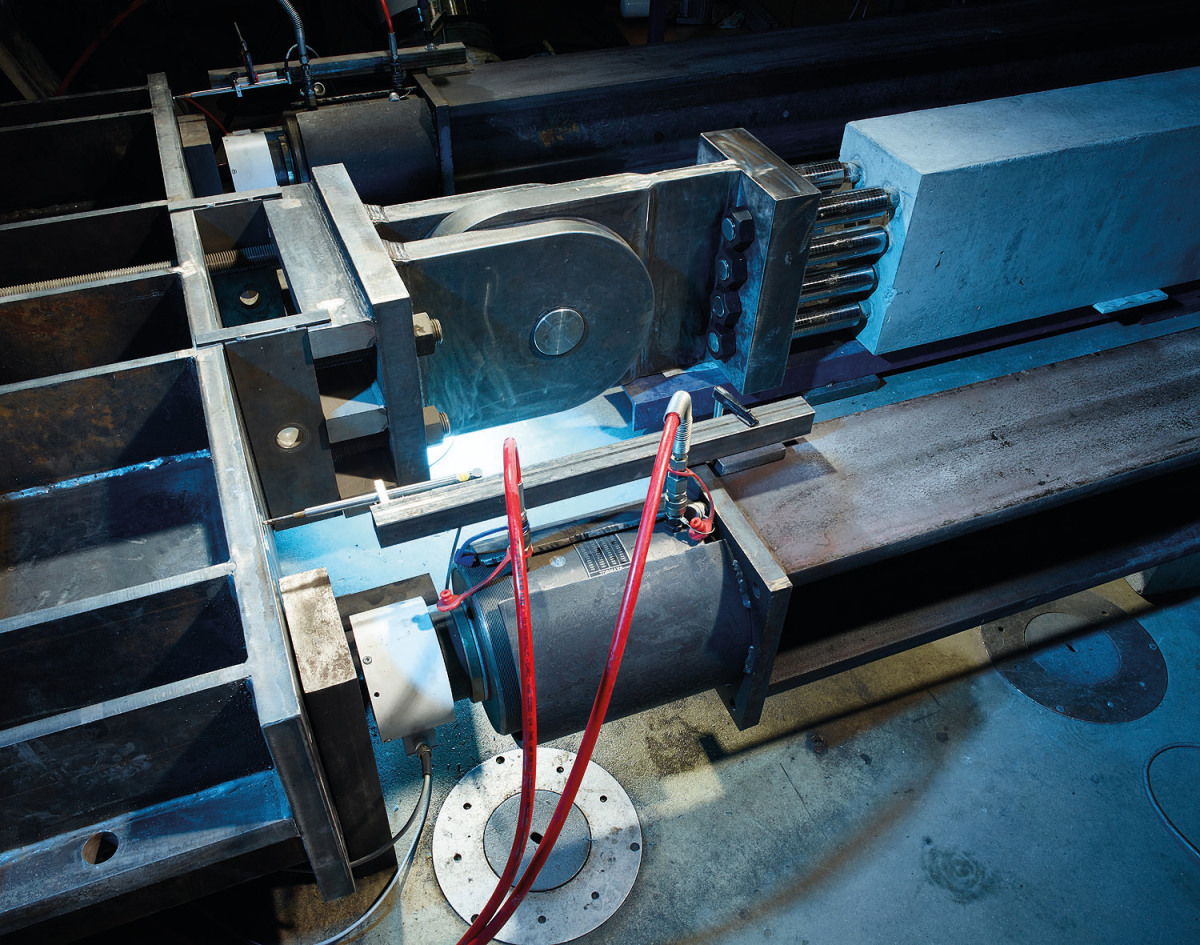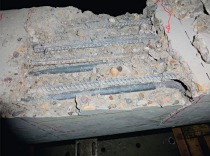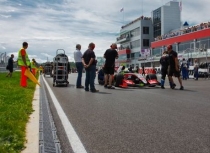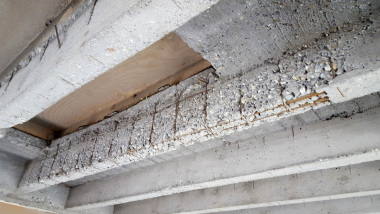Reinforced concrete makes the grade for student accommodation
28.05.2024
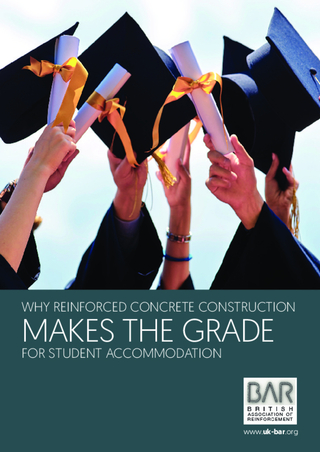
Figure: British Association of Reinforcement (BAR)
With the demand for purposed-built student accommodation (PBSA) predicted to soar, a new report from the British Association of Reinforcement (BAR) explains ‘Why Reinforced Concrete Makes the Grade for Student Accommodation’.
The latest student population data from the Higher Education Statistics Agency (HESA) show that for the 2021/22 academic year the number of full-time students rose by 4%, to over 2.26 million. Meanwhile, the number of international students from India and China has more than offset the fall in EU students in the wake of Brexit as the UK continues to be one of the key global destinations for students looking to study abroad. Between 2019/20 and 2021/22, the number of full-time international students rose by 117,500.
The increase in student applications and numbers is set against a growing shortage in student accommodation. This shortage is being exacerbated by the falling supply of Houses of Multiple Occupation (HMOs) resulting from landlord regulation and tax changes. Since 2017 there have been over 300,00 buy-to-let mortgage redemptions which has reduced the number of 5-plus bedroom rental properties by 31% since 2019. The reduced supply of private landlord HMO’s is increasing the demand for PBSA particularly from overseas students.
To address the disparity between supply and demand more PBSA needs to be constructed. Reinforced concrete offers a wide range of inherent and free performance benefits that are particularly suited to building student accommodation. These include built-in fire resistance, significant noise and vibration reduction, thermal mass for energy efficiency and long-term robust finishes.
Steve Elliott BAR Chairman explained: “Reinforced concrete offers a number of unrivalled performance benefits that means it should be awarded a 1st class degree with honours for the construction of PBSA. These concrete benefits are inherent and built-in. There is no need for any additional products, finishes or chemical preservatives. This significantly reduces both initial capital and the ongoing maintenance costs.”
With regards to long-term sustainability reinforced concrete again gets top marks. The issue of sustainability is important for PBSAs. Students are some of the most motivated in tackling climate change reducing CO2 emissions. Elliott said: “Admittedly, the use of concrete construction raises questions concerning the level of construction embodied CO2 when compared to other structural materials such as timber. However, if you have to mechanical ventilate and cool a lightweight timber or steel building then the resulting operational CO2 emissions, over the lifetime of the building, will far outweigh any initial construction embodied CO2 savings.”
He continued: “Similarly, concrete does need additional fire proofing, sound insulation, wall finishes, flood resilient materials. All of these additional materials have an additional CO2 impact for their manufacture and installation. With concrete construction all of the above performance benefits are provided without any further environmental or financial cost”.
He added that all the reinforcement made in the UK is made from recycled scrap steel using the Electric Arc Furnace (EAF) process which consumes only a third of the embodied energy, emits one sixth of the CO2 and produces approximately half the amount of co-products (waste) compared with the traditional BOS blast furnace steelmaking process. Reinforcing steel can be recovered, recycled and re-used at the end of a building or structure’s service life. To download a copy of ‘Why Reinforced Concrete Makes the Grade for Student Accommodation’ visit: www.uk-bar.org/publications
Further informations: uk-bar.org

